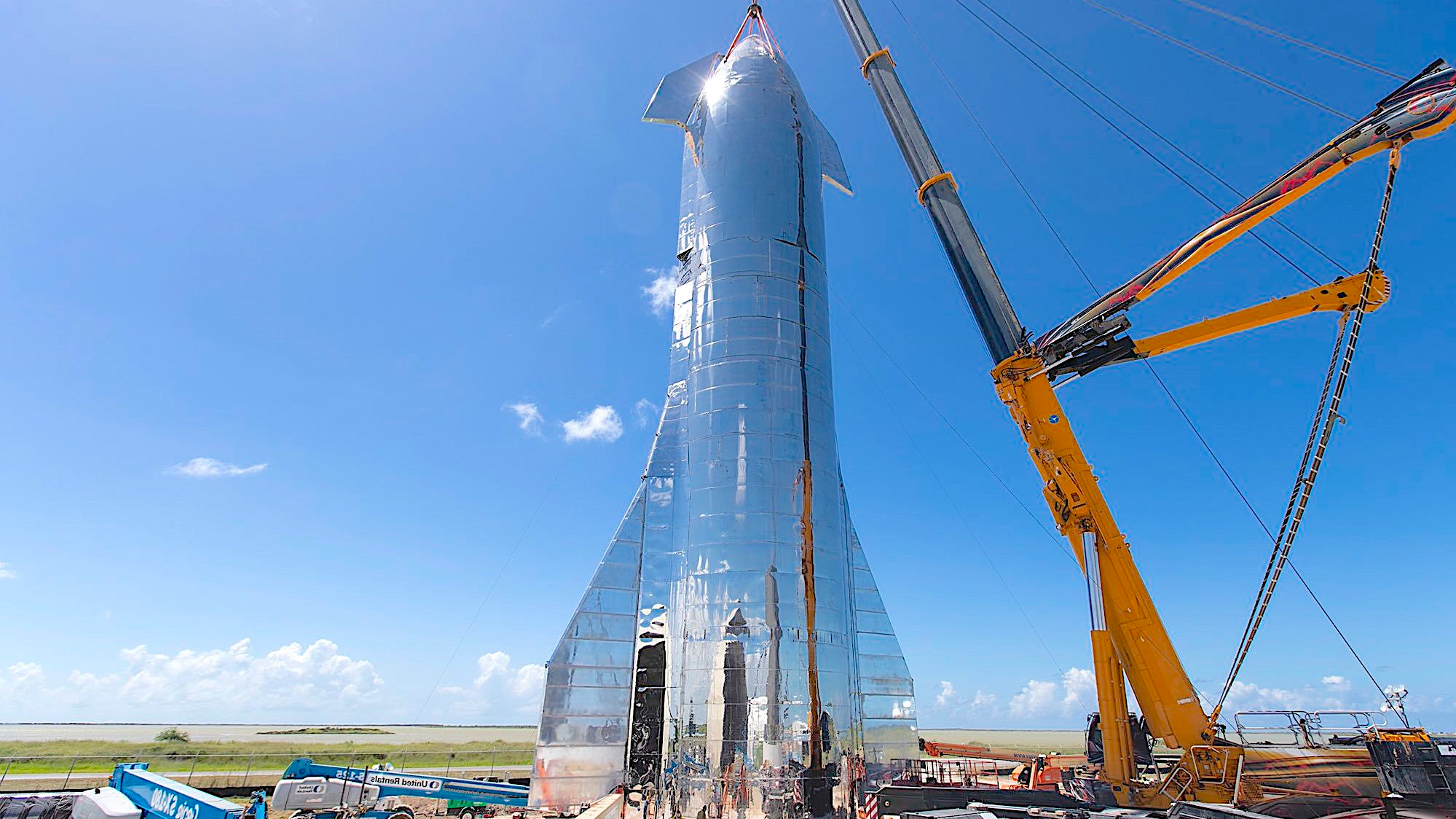- On September 28, Elon Musk unveiled SpaceX’s upcoming plans for its latest rocket, Starship.
- Starship is the rocket that Musk hopes will launch people to space as early as next year, and ultimately to the moon and Mars years from now.
- If all goes according to plan, Musk aims to have the first test flight for Starship within the next one to two months.
Following is a transcript of the video.
Narrator: Elon Musk has a giant new addition to his plans for colonizing Mars. The Starship Rocket. For years, this rocket was merely a concept on paper. But not anymore. On Saturday, September 28 Musk stood in front of a fully-assembled prototype of the rocket as he unveiled SpaceX’s future plans.
Elon Musk: Which future do you want? Do you want the future where we become a space-ranked civilization and are in many worlds and out there among the stars? Or one where we are forever confined to Earth. And I say it is the first.
Narrator: If all goes according to plan, when Starship is complete it will tower 387 feet tall, measure 30 feet in diameter, and be capable of transporting people to Mars. For comparison, it will be about 5.5 times taller than SpaceX's first successful rocket, the Falcon 1. Starship is the rocket that Musk has aspired to build ever since he founded SpaceX in 2002. And after years of modeling, multiple changes to the rocket's design, and a substantial investment from Japanese billionaire Yusaku Maezawa it has come out looking unlike anything SpaceX has ever built before. For example, SpaceX's Falcon 9 rockets are covered by an aluminum-lithium alloy. But as you can see, Starship is covered with something different, which Musk called the best design decision of the entire project.
Musk: The best design decision on this whole thing, is 301 stainless steel. Because at cryogenic temperatures, 301 stainless actually has about the same effective strength as an advanced composite or aluminum-lithium. Unlike most steels which get brittle at low temperature, 301 stainless gets much stronger.
Narrator: And unlike the nine engines on SpaceX's Falcon 9 rockets, Starship will fly on six, more powerful, Raptor engines.
Musk: The ship will have a total of six engines. Three of the sea level variety of Raptor. Those are actually on the rocket right now. So we've got the three sea level Raptor engines and they gimbal, which means that the whole engine moves. So the way a rocket steers is by moving the entire engine. So whereas an aircraft engine is static and you move by moving the control surfaces like the ailerons and rudder and elevator and flaps, this rocket when the engines are powered you move the entire engine to steer it. The Starship will have three sea level engines that will move up to 15 degrees angle and three vacuum engines that will optimize for efficiency that will not move, they will be fixed in place.
Narrator: Musk said that within the next one to two months, SpaceX will launch this Starship prototype, called Mk 1 (pronounced Mark), to 12.5 miles in the air and then land it back home in Boca Chica, Texas. After that ...
Musk: Our next flight after that might actually just be all the way to orbit with a booster and the ship.
Narrator: The prototype shown here will probably never reach orbit. That mission will go to an upgraded version of the rocket, called Mk 3, which SpaceX could start constructing as soon as next month, according to Musk. And by next year? Musk says SpaceX could be launching people to space on this thing. Whether that's actually the case, we'll just have to wait and see. In the meantime, Musk remains optimistic.
Musk: To Mars!
